Topic: Absorb
Definition: Absorb means to take in or soak up a substance. When a material absorbs another substance, it takes it into its structure, rather than allowing it to pass through or bounce off.
Examples of Absorption:
- When a sponge absorbs water, the tiny empty spaces in the sponge's material soak up the water, causing the sponge to become wet.
- Plants absorb water and nutrients from the soil through their roots, which are then transported to other parts of the plant for growth and nourishment.
- When you spill a liquid on a paper towel, the towel absorbs the liquid, causing it to become damp as the liquid is drawn into the towel's fibers.
Study Guide:
Here are some key points to remember about absorption:
- Types of Absorption: Absorption can occur in various forms, such as when light is absorbed by a dark material, or when a sponge absorbs a liquid.
- Importance in Nature: Absorption is essential for many processes in nature, including plant growth, nutrient uptake, and water distribution in ecosystems.
- Applications in Daily Life: Understanding absorption is important in fields such as cooking (e.g., when food absorbs flavors during cooking), construction materials, and environmental science.
- Measuring Absorption: Scientists use tools like spectrophotometers to measure the absorption of light by substances, which is important in fields like chemistry and physics.
By understanding the concept of absorption, you can gain insights into how materials interact with substances in the world around us and how this process impacts various natural and human-made systems.
[Absorb] Related Worksheets and Study Guides:
.◂Science Worksheets and Study Guides Fifth Grade. Flowers and seeds
Study Guide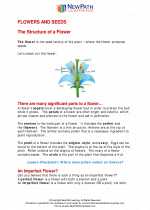 Flowers and seeds
Flowers and seeds  Activity Lesson
Activity Lesson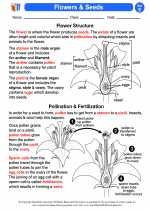 Flowers & Seeds
Flowers & Seeds  Worksheet/Answer key
Worksheet/Answer key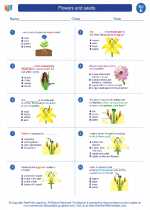 Flowers and seeds
Flowers and seeds  Worksheet/Answer key
Worksheet/Answer key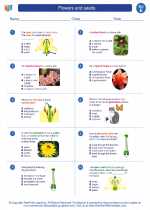 Flowers and seeds
Flowers and seeds  Worksheet/Answer key
Worksheet/Answer key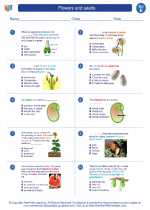 Flowers and seeds
Flowers and seeds  Worksheet/Answer key
Worksheet/Answer key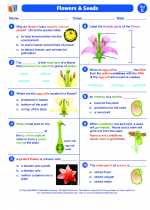 Flowers and seeds
Flowers and seeds  Vocabulary/Answer key
Vocabulary/Answer key Flowers and seeds
Flowers and seeds  Vocabulary/Answer key
Vocabulary/Answer key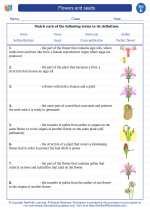 Flowers and seeds
Flowers and seeds 

 Activity Lesson
Activity Lesson
 Worksheet/Answer key
Worksheet/Answer key
 Worksheet/Answer key
Worksheet/Answer key
 Worksheet/Answer key
Worksheet/Answer key
 Worksheet/Answer key
Worksheet/Answer key
 Vocabulary/Answer key
Vocabulary/Answer key
 Vocabulary/Answer key
Vocabulary/Answer key

The resources above cover the following skills:
Life Science
All organisms have structures and systems with separate functions. Students can:
Develop and communicate an evidence-based scientific explanation of the role of different organs or structures that are important for an organism's survival - in both plants and animals